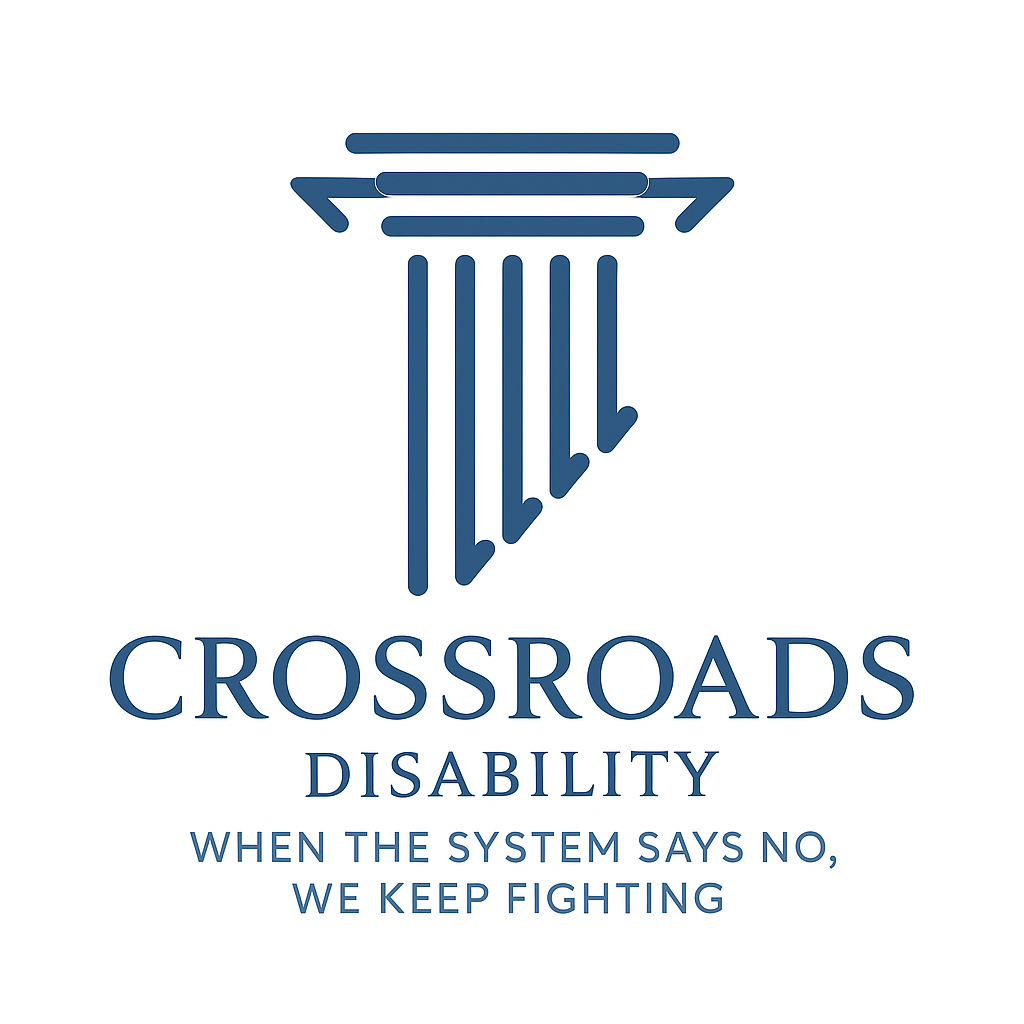Can You Get Social Security Disability for Chronic Pain?
Can You Get Social Security Disability for Chronic Pain?

Chronic pain can affect your ability to work, care for yourself, or maintain your quality of life. Many people suffering from conditions like fibromyalgia, back pain, or nerve disorders wonder: “Can I get Social Security Disability for this?” The answer is yes — but only if your case is well documented and meets Social Security's strict criteria.
What Is Considered Chronic Pain for SSD?
The Social Security Administration (SSA) doesn’t have a specific listing called “chronic pain.” Instead, your underlying medical condition — such as degenerative disc disease, fibromyalgia, arthritis, nerve damage, or complex regional pain syndrome — must be the basis of your claim.
SSA will review how your condition:
- Impacts your ability to work full-time
- Has lasted or is expected to last 12 months or longer
- Is supported by medical evidence
How to Qualify for Social Security Disability (SSDI or SSI)
You may qualify under either SSDI (Social Security Disability Insurance) or SSI (Supplemental Security Income), depending on your work history and income:
- SSDI: You must have worked and paid into Social Security for enough years
- SSI: You must have limited income and assets
We’ll help determine which program you qualify for and build your strongest claim.
Visit our FAQ to learn what conditions qualify for SSD.
What Evidence Do I Need for My Chronic Pain Disability Claim?
To win your case, SSA wants to see consistent, objective evidence of your condition. That includes:
- Medical records from your doctor
- Imaging (X-rays, MRIs)
- Notes about your daily limitations
- Specialist opinions (e.g., rheumatologist, neurologist)
- Side effects of medications
- Pain journal (optional but helpful)
The stronger and more consistent the evidence, the better your chance of approval.
Why Are Chronic Pain Cases Often Denied at First?
Unfortunately, many disability claims involving chronic pain are denied at the initial level. Why? Because pain is subjective, and SSA tends to favor measurable medical evidence. They often say:
“Your condition doesn’t prevent you from performing substantial gainful activity.”
That’s where we come in. Crossroads Disability knows how to build and present pain-based disability claims, including:
- Fibromyalgia
- Chronic back pain
- Post-surgical complications
- Autoimmune pain conditions (e.g., lupus, rheumatoid arthritis)
Learn more about how our SSD lawyers help with chronic pain claims.
What If I’ve Already Been Denied?
If your application was denied, you still have multiple levels of appeal:
- Reconsideration (first appeal)
- Hearing before an Administrative Law Judge
- Appeals Council
- Federal district court appeal
We can help at any stage, even if another attorney handled your original case.
How Crossroads Disability Can Help
We handle the entire process from start to finish — from initial application to reconsideration, hearings, and even federal appeals. Our experienced Social Security Disability lawyers understand the SSA’s rules and how to present a winning chronic pain case.
- No fee unless you win
If you’re ready to file, contact Crossroads Disability today.










